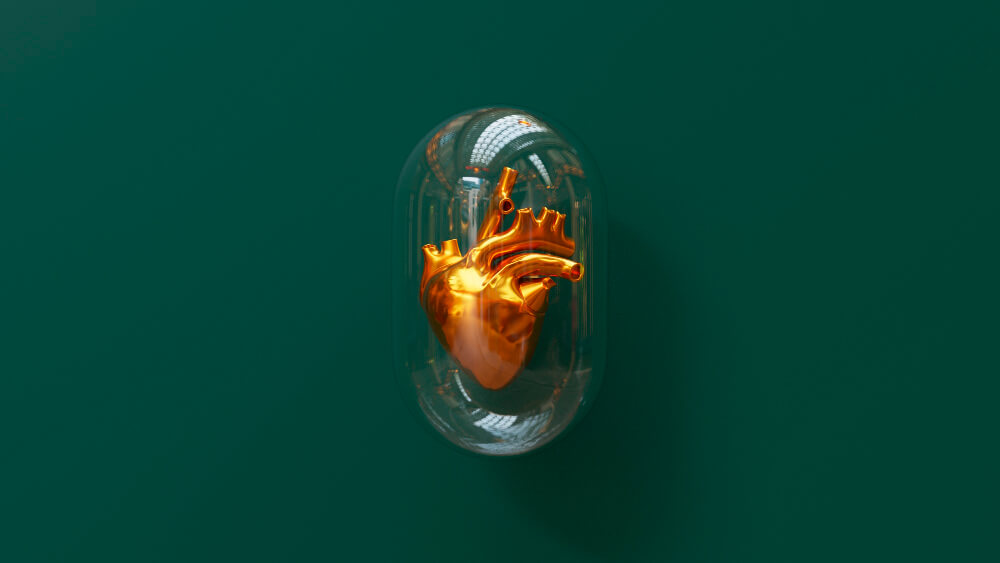In the intricate realm of medical science, the study of congenital heart abnormalities brings us to the captivating world of tiny hearts. This article delves into the science behind these little hearts, unraveling the complexities of congenital heart defects, exploring their origins, and highlighting the advancements in medical understanding that contribute to the pursuit of healthier, stronger hearts.
Understanding Congenital Heart Abnormalities
Congenital heart abnormalities involve structural defects at birth, affecting the heart’s chambers, valves, or blood vessels. The science of studying these tiny hearts is a multifaceted exploration, combining genetics, embryology, and medical research to decipher the intricate mechanisms behind these conditions.
Genetic Predispositions:
The science of tiny hearts begins with an examination of genetic predispositions. Specific congenital heart abnormalities have a hereditary component, suggesting a link to specific genetic factors. Researchers delve into the intricate dance of genes, seeking to identify the genetic signatures that may contribute to the development of these tiny hearts.
Embryological Insights:
The journey of tiny hearts starts in the embryonic stage, where the heart undergoes complex development. Understanding the embryology of the heart is vital to unraveling congenital abnormalities. Scientists study how tiny hearts form and identify the critical stages where disruptions can lead to structural defects.
Environmental Factors:
In addition to genetics and embryology, environmental factors shape the science of tiny hearts. Maternal infections, exposure to certain medications, or environmental toxins during pregnancy may influence the delicate process of heart development. Researchers strive to identify these external influences that could contribute to congenital heart abnormalities.
Types of Congenital Heart Abnormalities:
The science of tiny hearts categorizes congenital abnormalities into various types, each with unique characteristics.
- Atrial Septal Defect (ASD): In ASD, there is an opening in the septum (wall) between the heart’s upper chambers, disrupting normal blood flow.
- Ventricular Septal Defect (VSD): VSD involves a hole in the septum between the heart’s lower chambers, allowing for mixing of oxygenated and deoxygenated blood.
- Tetralogy of Fallot: This complex condition comprises four heart defects, including a ventricular septal defect, pulmonary stenosis, an overriding aorta, and right ventricular hypertrophy.
- Coarctation of the Aorta: Coarctation is characterized by the narrowing of the aorta, impacting the blood flow from the heart to the body.
- Transposition of the Great Arteries: In this condition, the positions of the pulmonary artery and the aorta are switched, disrupting the normal flow of oxygenated and deoxygenated blood.
Diagnostic Advancements:
The science of tiny hearts has witnessed significant advancements in diagnostic techniques. Fetal echocardiography, a specialized ultrasound of the developing fetus’s heart, allows for early detection of specific congenital abnormalities. Non-invasive imaging technologies, such as magnetic resonance imaging (MRI) and computed tomography (CT) scans, provide detailed insights into the structure and function of tiny hearts.
Treatment Approaches:
Understanding the science of tiny hearts extends to developing practical treatment approaches. Medical interventions range from medications to surgical procedures, each tailored to the specific type and severity of the congenital abnormality. Minimally invasive catheter-based procedures offer innovative alternatives, allowing repairs without open-heart surgery in some cases.
Ongoing Research and Innovation:
The science of tiny hearts is dynamic, marked by ongoing research and innovation. Scientists are continuously exploring new avenues to understand the molecular and genetic basis of congenital heart abnormalities. Breakthroughs in regenerative medicine and gene therapy hold promise for future interventions that could revolutionize the treatment landscape for these tiny hearts.
Embracing a Heart-Healthy Lifestyle:
While scientific advancements contribute to the understanding and treatment of congenital heart abnormalities, individuals with tiny hearts also play a crucial role in their well-being. Embracing a heart-healthy lifestyle involves regular medical follow-ups, adherence to prescribed medications, and a commitment to overall well-being, fostering a collaborative approach between science and self-care.
Conclusion:
The science of tiny hearts represents a profound exploration into the intricacies of congenital heart abnormalities. Researchers and medical professionals strive to unravel these little hearts’ mysteries through genetics, embryology, diagnostic technologies, and innovative treatments. As science advances, the aim is not only to treat but also to prevent and, ultimately, to offer a brighter, healthier future for those born with congenital heart abnormalities. The pursuit of understanding these tiny hearts is a testament to the relentless dedication of the scientific community to fostering cardiovascular health and well-being.
Our aim is to chase the future, innovations, and the latest trends of all things tech. We love to interact with industry experts, understand their diverse and unique perspectives, and spread their ideas.







![How to Update and Reinstall Keyboard Drivers on Windows 10/11 [A Guide]](https://wpcontent.totheverge.com/totheverge/wp-content/uploads/2023/06/05062841/How-to-Update-and-Re-install-Keyyboard-Drivers-on-Windows-10.jpg)
